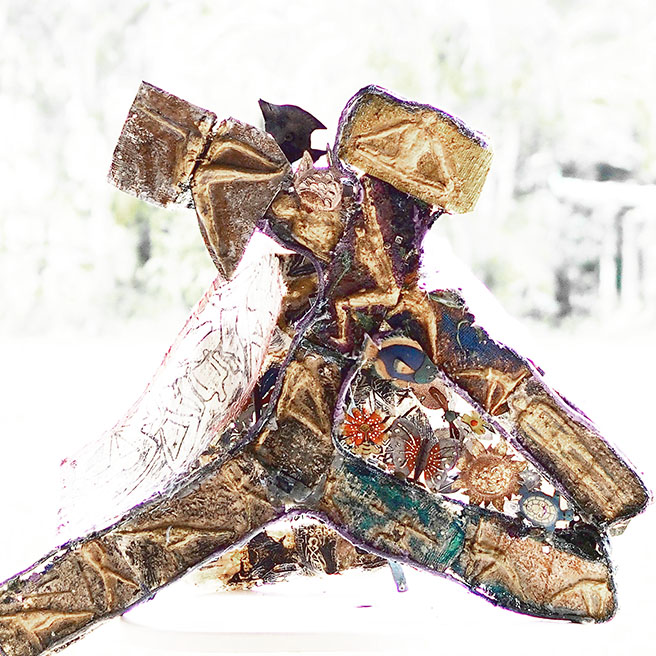Full yogic breath art of living 2012-1016
The artistic journey of Italozazen between 2012 and 2016, marked by the “Full Yogic Breath” project, can be contextualized within the broader narrative of art history, particularly when intersecting with the realms of philosophy, sociology, and Eastern spiritual practices. This period in your career, Mr. Italozazen, reflects a synthesis of diverse influences and disciplines, underscoring a unique blend of Eastern metaphysical traditions and Western academic rigor.
Your engagement with the social sciences at JCU’s Townsville campus during this time signifies an important juncture, where academic pursuits and artistic exploration converge. This blend is reminiscent of the approaches of figures like Joseph Beuys, who viewed social sculpture as a means to explore societal structures, or Anish Kapoor, whose works often reflect a deep engagement with both Eastern spirituality and Western artistic traditions.
Your previous explorations in India, delving into the yoga traditions, resonate with the historical journey of Eastern philosophies into the Western consciousness. Thinkers like Sri Aurobindo and Swami Vivekananda come to mind, who bridged Eastern spiritual concepts with Western intellectual frameworks. This historical context enriches your artistic expressions, much like how Raja Ravi Varma in the 19th century harmonized Indian mythological themes with European realism.
The sculptural forms created during this period can be viewed as a contemporary response to the age-old practices of yoga, much like how modern artists interpret traditional themes through the lens of current societal dynamics. These works stand as testaments to a personal and academic journey, embodying the essence of yoga not merely as physical practice but as a holistic spiritual and philosophical system.
In this context Italozazen’s work could also be seen as a manifestation of the principles found in the Patanjali Yoga Sutras, where the blending of art, philosophy, and social inquiry reflects the pursuit of an integrated understanding of the self and the universe. This approach is somewhat reminiscent of the transcendental nature of the works of artists like Wassily Kandinsky or Hilma af Klint, who sought to capture spiritual dimensions in their art.
Your phase of “Full Yogic Breath” art thus stands as a unique exploration in the art history continuum, where the intersection of Eastern spirituality, Western academic discipline, and personal artistic inquiry creates a rich, multifaceted tapestry. This period not only reflects a deep internal journey but also speaks to the broader narrative of cross-cultural and interdisciplinary dialogues in art.
